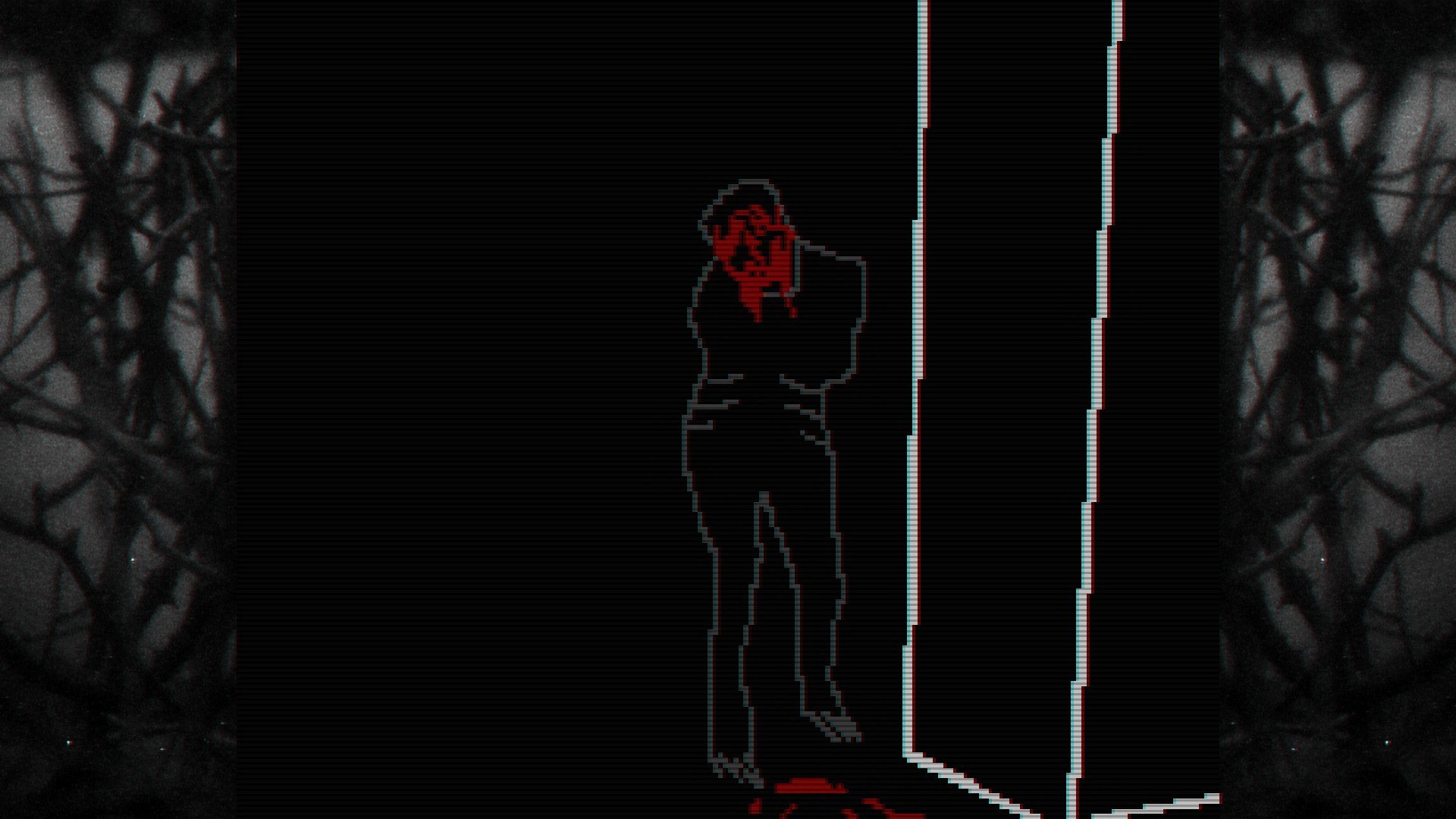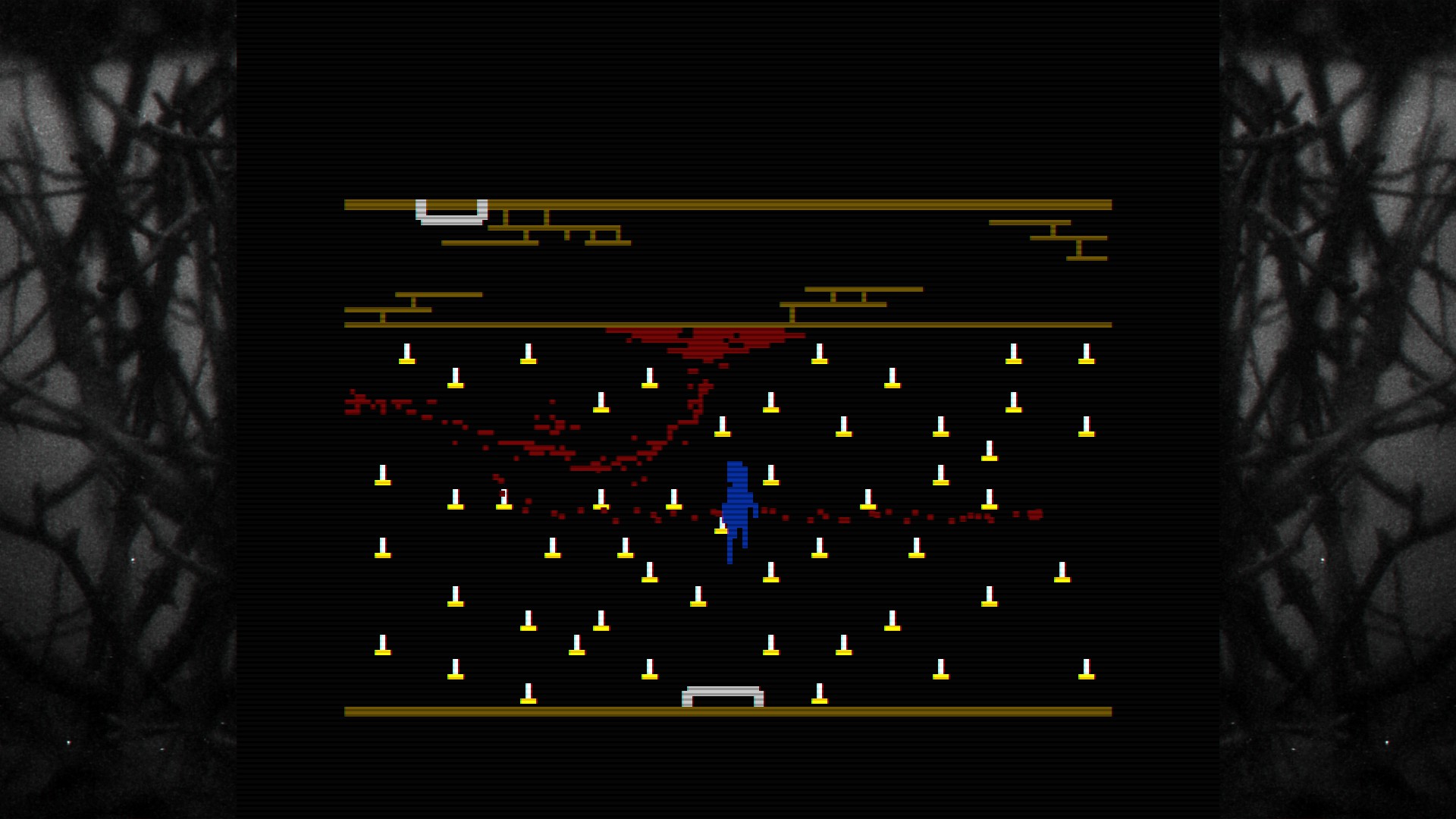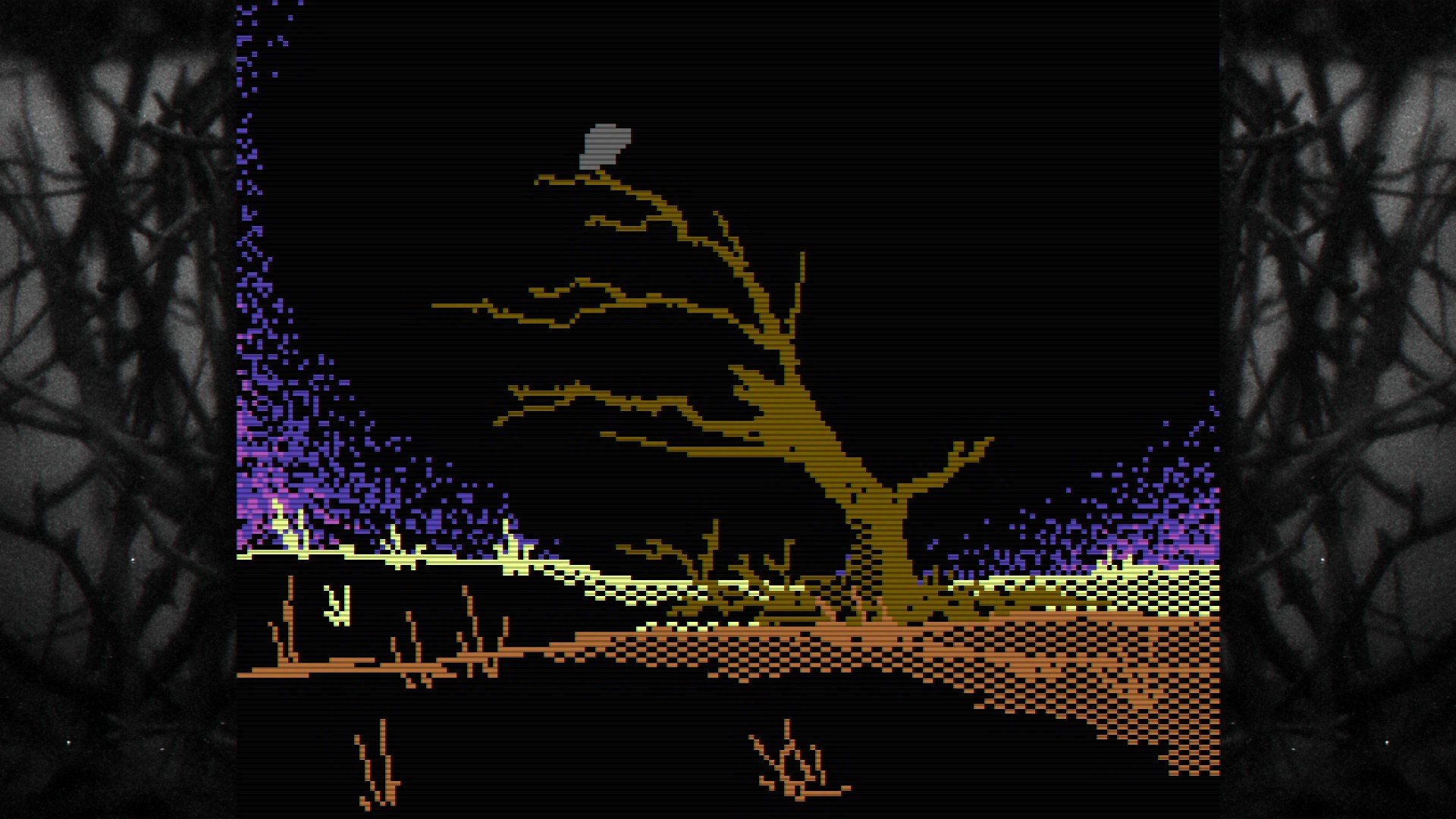While most new horror games attempt to push the boundary of what’s possible in terms of visual fidelity, Faith: The Unholy Trinity takes a step back and condenses horror into a more primitive, yet no less horrifying, form. In the place of fancy graphics and cutting-edge controls is an experience that relies on strong sound design and some extra imagination on the part of the player. Faith certainly earns accolades for being an extremely unsettling game and a wholly unique experience you just don’t see very often in the horror genre.
Split into three chapters and put together in one package, players take the role of Father John Ward, a priest of little renown thrust into the unfortunate role of exorcist. Armed with nothing but your faith, you’re going to explore what can only be described as a living hell while exorcising demons and unraveling a mystery that’ll stick with you even after finishing.

Faith: The Unholy Trinity is a Horrifying Ride
Outside of my phobia for chainsaws, puppets, and clowns, jump scares and scenes for pure shock value don’t really affect me — as much as I like to immerse myself and act scared, usually, the effect of a frightening scene lasts a fleeting second for me. What I look for in horror, then, is something that makes me uncomfortable and begs me to look away. Horror needs to be unsettling. Faith accomplishes this through two primary elements: clever use of its subdued graphical style and sound design (or sometimes, lack thereof).
Indeed, the first thing anyone is likely to notice about Faith is that it looks like a game from the 70s to early 80s. Father John Ward is simple as far as spritework goes, and so too are the environments you’ll explore. Things get increasingly more complex as the demonic activity in Faith‘s story rears its ugly head, with demons being especially horrific with their spasms and bounding movement animations. Developer Airdorf saves only the most crucial scenes of horror for special rotoscoping techniques to make the demonic threats feel uncanny and real.

Rotoscoped scenes of humans transforming into horrors or the subtle facial expressions of Father John express a lot in the absence of lengthy dialogue. These are the scenes where most players are likely to feel those feelings of discomfort and horror, and by using rotoscoping, said scenes pack a truly bone-chilling punch. I did mention dialogue, and while there is dialogue in its own creepy, old-school and robotic fashion old games try to emulate, the soundtrack and sound effects play a larger part in the horror.
The soundtrack for Faith is by far one of the most sinister and disturbing scores I’ve listened to in a while. There are relatively few tracks but each one serves a particular purpose. I immediately recognized Beethoven’s Moonlight Sonata. The audio is, of course, antediluvian in nature and has that crunchy retro quality to it, but it immediately sets a somber yet unsettling tone for the first chapter.

As the remaining two chapters ramp up in action and horror, the soundtrack becomes exceedingly creepy. Like the visuals, there were times when I wanted to turn the music down because it just felt uncomfortable to listen to. I realize this sounds like a criticism, but I say it as a compliment. The soundtrack does exactly what I expect out of a horror title. It makes me feel uncomfortable and unsettled. There are other instances where Faith is completely silent, creating so much tension in the atmosphere you can’t help but hold your breath.
As Faith is split into three chapters, you’re met with an episodic trilogy spanning around four to five hours. Much of the gameplay relies on player’s curiosity and sense of exploration in order to solve puzzles and proceed. Mechanically, Faith‘s gameplay most comprises moving around, dodging enemies, and raising your holy cross with a button press. Boss fights are somewhat frequent in Faith and due to the rudimentary controls, these can be a little tedious at times. Your character is sluggish overall and raising the cross usually hurts and exorcises (or kills, I suppose), most demons. That said, you can’t hold your cross and move at the same time, and there’s no health bar for enemies.

Combat is certainly the weakest aspect of Faith, and while I can’t expect gameplay to be super complex due to the developer’s restrained vision, it leads to frustrating moments. Oftentimes, I had to retry boss fights and redo them more times than I care to admit. Normally I’m a glutton for punishment, but the restrained controls can feel old after a bit. Also, dying over and over cheapens the scares these boss fights have, and after the fifth time of seeing what horrific things these bosses might do, I’m less than enthused.
Gripes aside, much of the gameplay also encompasses a fair amount of reading. There are notes scattered and hidden throughout Faith, and this is where you find the bulk of the worldbuilding and background info needed to fully enjoy the experience. Notes are mostly optional, but I heavily suggest pursuing and reading as much as possible. From a technical standpoint, the writing is excellent, and in terms of storytelling, these notes paint a picture that increased my enjoyment of Faith overall. Even still, if you’re the impatient type and would rather not read, Faith does a fine job of showing and not telling.

Faith: The Unholy Trinity | Final Thoughts
Having played Faith in one go rather than during its duration in Early Access, it wasn’t difficult to notice a significant step up in quality between episodes. Episode one and two are fine entries in this trilogy, no doubt, but three is where Airdorf really excels. It uses far more rotoscoping scenes and sound design. Puzzles are more complex and the overall length of the episode is much lengthier. Seeing this hike in quality made me wish for a bit more from the first two episodes, but the trilogy as a whole is certainly a memorable experience.
You know, I don’t typically ponder on horror movies, shows, games, and the like after I consume them, but something about Faith stuck with me. It stands out as a unique entry in the genre that horror fans would be foolish to pass up. Don’t be dissuaded by the restrained visuals. Just come with a bit of imagination to fill in the gaps and enjoy this wild ride.
TechRaptor reviewed Faith: The Unholy Trinity on Steam with a copy provided by the publisher.
Faith: The Unholy Trinity Review
Source: Pinay Guide Blog
Walang komento:
Mag-post ng isang Komento